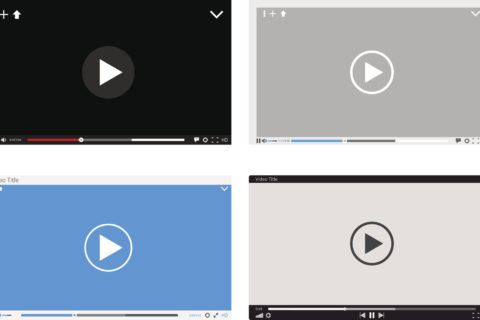By Jack Miles
More sectors are being disrupted by new market entrants and in some cases challenger markets being built to oppose existing commercial channels. This dynamic is present across an array of industries – from online estate agencies to investment to automotive – all of these seemingly traditional industries are being disrupted by the likes of Purple Bricks, Nutmeg and Lift Share respectively.
Research and insight are starting to feel the effects of this dynamic as we are asked to build growth platforms for these newly emerging disruptive brands. Working with such brands presents notable differences compared to working with established businesses, and as such we need to provide alternative solutions:
- Sectors and Scoping
Disruptive brands often create new or incrementally altered sectors. Often the challenge is how can the sector be sold to consumers before they consider a brand within this? For example, GoCarShare need to sell the idea of car sharing to consumers before they can sell their brand. To build appropriate launch pads for such brands, insight scope needs to therefore start wide before focussing on the client brand at hand.
- Metrics and Modification
Quantitative insight programs typically have a core set of metrics at their heart – appeal, likelihood to buy, NPS etc. However, the new dawn of disruptive brands depend on appeasing different dynamics to succeed – gaining trust as an unknown entity, having consumers willing to share their content and being able to generate online endorsements. As such, we need to dismiss our traditional measures and replace them with approaches that reflect the dynamics of a digitised society.
- Platforms and People
Qualitative methods are most frequently used as a method for consumer insight. However, for new and disruptive digital brands they are as much a platform for consumer facetime as they are insight. By their very nature, digitally disruptive brands do not focus on the offline world, the result often being that they have had limited ‘real’ interaction with relevant consumers. Mechanisms such as Skype interviewing therefore present a massive opportunity to not only generate the necessary insight required but to also generate a valuable consumer interaction for disruptive brands.
- Agility and Efficiency
Working with invariably smaller brands vs. the typical corporate clients means working to smaller budgets – and finding more creative ways to execute research to fit within this. This agility can come in both the logistics and design areas of insight generation. Logistically, this could mean recruiting consumers via social media or a greater reliance on snowballing and customer data. In terms of research design, agility equates to only asking the questions you really need to ask and using desk research and public data to solve applicable business problems.
- Flexibility and Creativity
Conversely, working with typically smaller brands means that there is the removal of corporate processes that often hinders research and insight. Whether this be more manageable research design re-scopes or modifying messaging territories as a project develops – working with smaller businesses allows for the end insight product to be improved by more nimble processes.
- Involvement and Excitement
One of the most satisfying elements of working with disruptive brands is that often they are new to the world of research and insight. As such, those involved in research on the brand side tend to want to be fully involved in the workstreams and understand the thinking behind research process and theory. This is both to help them to gain increased understanding of their initial research experience and to aid them in scoping out projects in the future. This learning experience is often as exciting for the commissioners of disruptive research as it is educational.
- Influence and Impact
Disruptive brands new to the world of research are often greatly empowered by the insights they receive – largely due to it often being their primary research experience, their involvement within it and the reality that with limited budgets they often cannot afford to ignore evidence. As such, they are likely to lean strongly on insight based recommendations when making decisions. The benefit for them is they have an evidence based path to follow with the benefits for researchers being they have an increased opportunity to see their work drive change.
Conducting research with brands seeking to disrupt certainly bring with them their challenges – agility and the unknown to name two. But they also bring with it great chances to innovate, operate fluidly and generate real business impact.
Therefore, if you get an email from an unknown brand in need – do not ignore it – it offers many great opportunities. And after all, today’s disruptive brand is tomorrow’s dominating commercial force.
Jack Miles, Northstar Research, @northstarlondon



1 comment
[…] This article was first posted on RW Connect […]